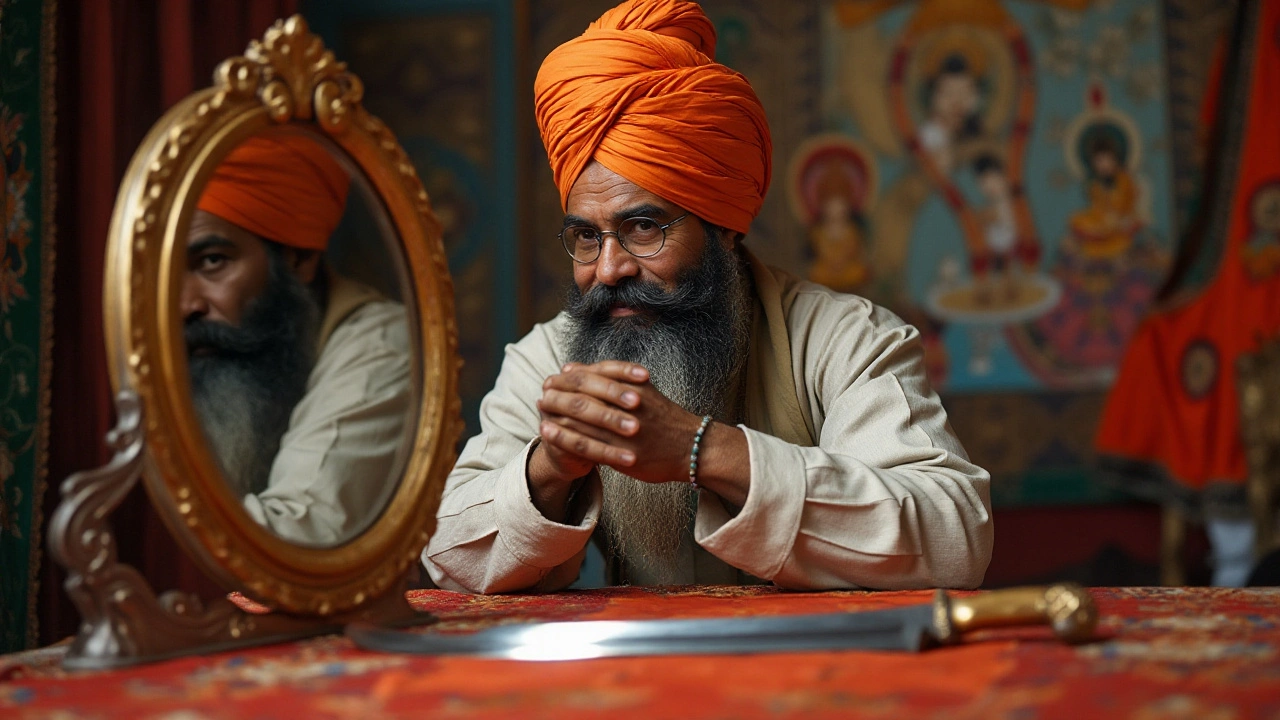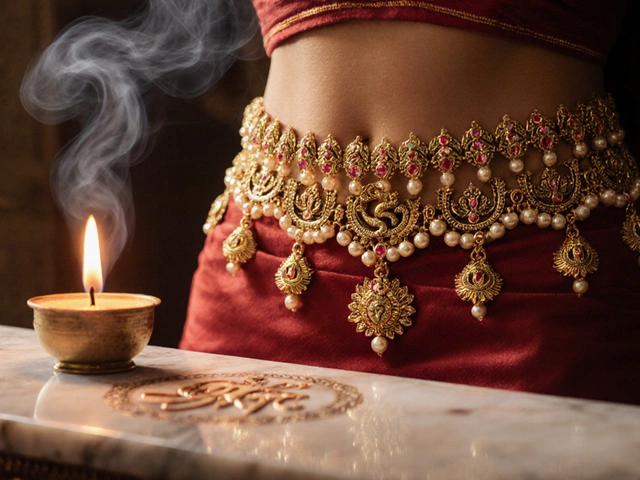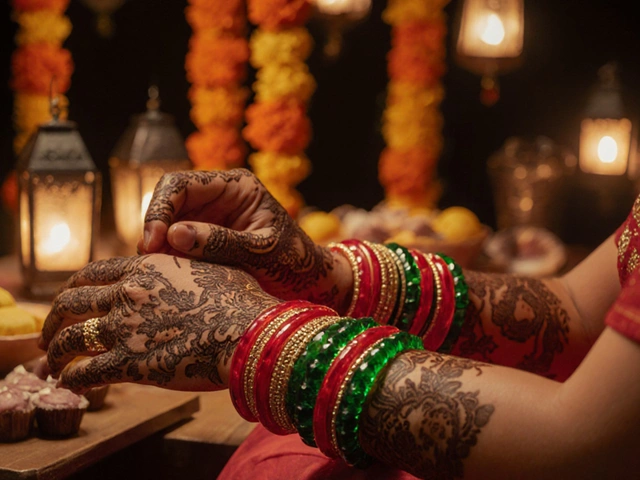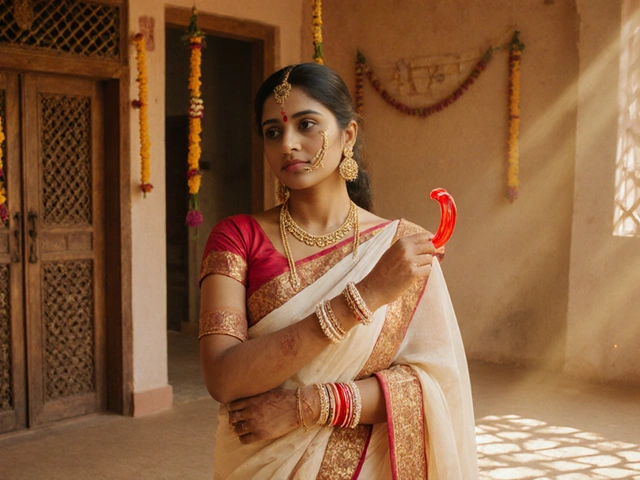Kirpan
When you hear Kirpan, a ceremonial steel sword worn by initiated Sikhs as a symbol of dignity and readiness to protect justice. Also known as Sikh sword, it encompasses religious identity and daily responsibility. The practice is rooted in Sikhism, a monotheistic faith founded in the 15th century that emphasizes equality, service, and the defence of truth. A kirpan requires a steel blade that meets specific length and purity standards, ensuring the weapon remains a sacred tool rather than a decorative piece. In formal occasions the blade often sits alongside the Turban, the head covering that identifies a Sikh and completes the traditional appearance, creating a visual link between headgear and armament. Another common accessory is the Kara, a steel bracelet that represents the unbreakable bond with the divine; together, they form a triad of symbols that express devotion, strength, and humility.
Why the Kirpan matters today
Modern Sikhs often ask how the kirpan fits into everyday life, especially when travelling or working in places with strict security rules. The answer lies in the balance between personal faith and public safety: the kirpan kirpan is considered a non‑lethal, symbolic item, and many institutions now recognize its religious significance while allowing reasonable accommodations. Its presence also influences other cultural wearables; for instance, wedding attire often includes a kurta with a decorative sheath that hints at the kirpan without compromising safety. This subtle nod shows how the sword can be integrated into festive looks, matching the gold and red bangles or the intricate waist chains many brides choose. By understanding the kirpan’s role, you can pair it with appropriate colors—avoid clashing hues like bright orange that distract from the steel’s shine, and instead opt for deep blues or earthy neutrals that let the blade stand out.
For anyone looking to purchase a kirpan or simply respect its tradition, a few practical tips help. First, verify the material: genuine kirpans are forged from high‑carbon steel, not alloy or plated metal, ensuring durability and compliance with Sikh codes. Second, check local regulations—some regions require the blade to be sheathed or kept under a certain length. Third, care matters: regular polishing removes rust, while a soft cloth prevents scratches on the hilt. When combined with a well‑fitted turban and a matching kara, the kirpan becomes more than a weapon; it turns into a cohesive expression of identity. Below you’ll find articles that dive deeper into related topics such as ceremonial dress, jewellery symbolism, and practical travel advice, giving you a rounded view of how this sacred sword fits into contemporary Sikh life.

Understanding Kirpan Etiquette: Can Non-Sikhs Carry It?
This article explores the significance of the kirpan in Sikhism and whether it's appropriate for non-Sikhs to carry it. We'll delve into the cultural and religious meanings of the kirpan, examine legal aspects, and provide guidance on respectful practices. By understanding the kirpan's role, readers can appreciate its importance in Sikh identity and consider ways to support religious freedom.
read more





